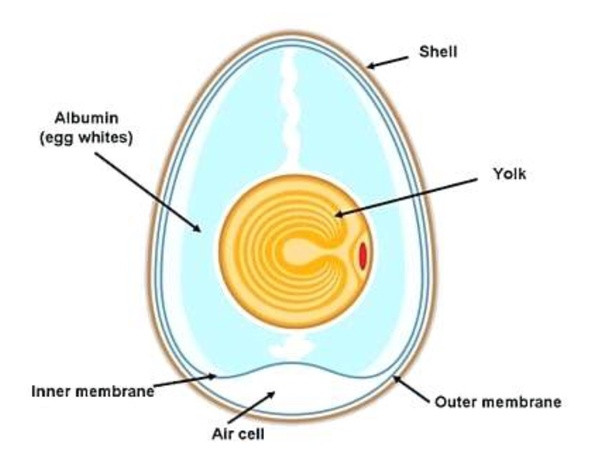I use cream for cooking and also make whipped cream for desserts, a quart at a time, about once a day. Sometimes I make it several times a day. These are sweetened with sugar and flavored with vanilla, sometimes banana, lemon, or chocolate.
Doing this for years with a hand mixer, I’ve noticed big differences between brands and types of cream. My favorite that I use the most is Glenville Farms Heavy Cream. It whips fast, becomes very stiff, and is stable. You can quickly ice a cake with it and it stays put. It never creeps or sags. This cannot be said of any other brands I’ve tried, and I’ve tried all kinds.
If you make things with whipped cream, you might like to know why Glenville is the best I’ve found and what to look for. Cream is cream, right? It’s the stuff at the top of raw milk. Not exactly. It varies.
What varies is the fat content. The higher the fat, the faster it will whip and the more stiff and stable it will be. Fat is expressed as a percentage. Finding out the percentage can be challenging because it’s usually not printed on the carton or bottle.
The minimum fat content needed for it to whip at all is 30 percent. Some brands get by with even less by adding a thickening agent like carrageenan. Look for it in the ingredients. You can recognize this as it flows out of the bottle as a very thick gloppy liquid. Real cream is thick but still flows smoothly like a liquid. The result of low-fat-content cream will be okay for some purposes but will be soft, light, less stable, less flavorful. This is often labeled “whipping cream”. A better result occurs with fat content of 37 to 38 percent and this often labeled “heavy cream”. Glenville has 40 percent and its superiority is evident in the result and flavor.
I was going to publish a list comparing different brands, but accurate info is difficult to get hold of, so I decided not to, for now. What I found, however, was something to beware of if you are a dieter or paying close attention to nutrition. I found that several nutrition sites on the web do not show accurate information. Some sites allow you to search products by brand and type. I found that the information they publish for all brands and types of cream is identical. They just copy-pasted the exact same information on every brand and type — the same calories per tablespoon, the same grams of fat per 15 ml. We know that’s not true.

Recent Comments